Dad said leave the family business
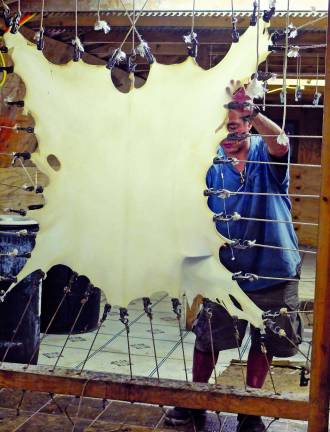
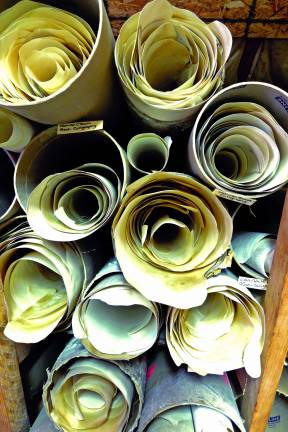
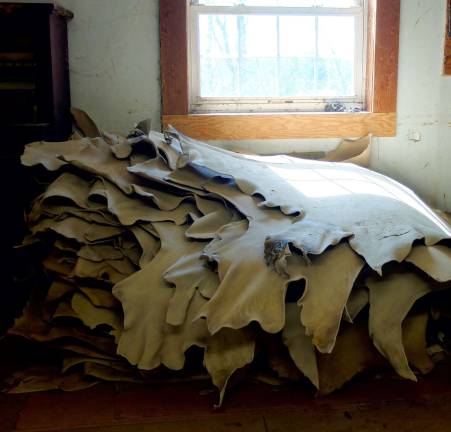
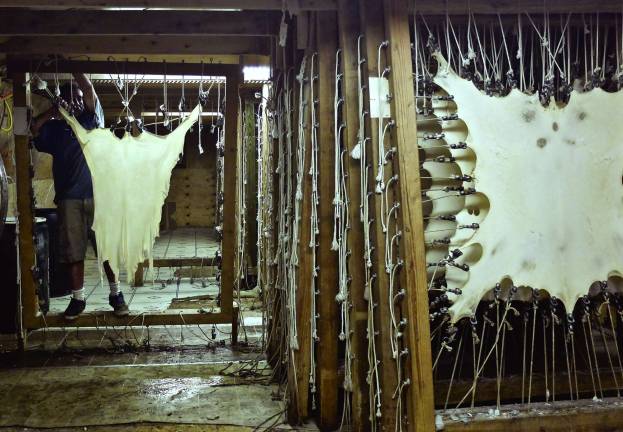
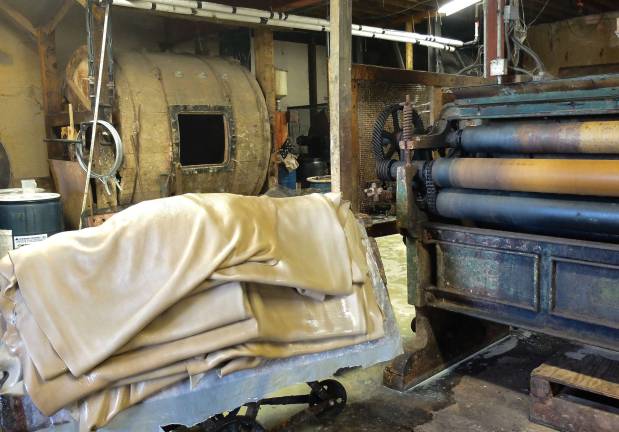
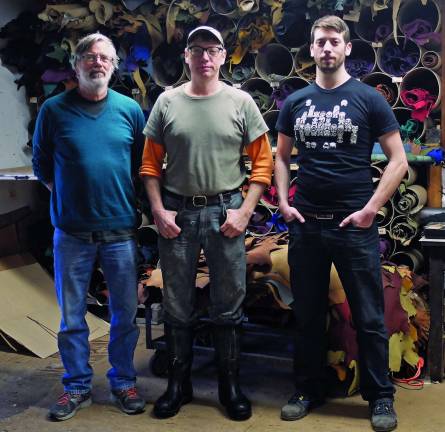
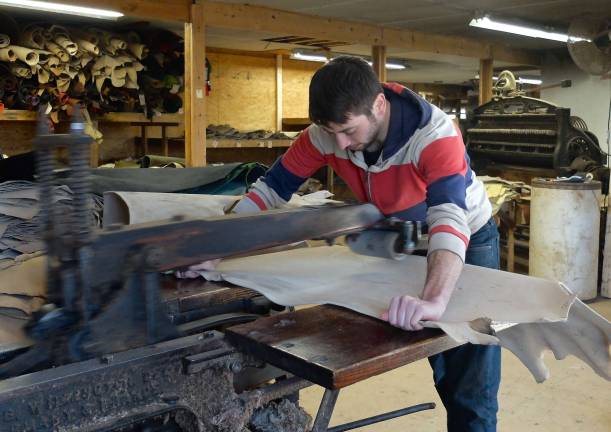
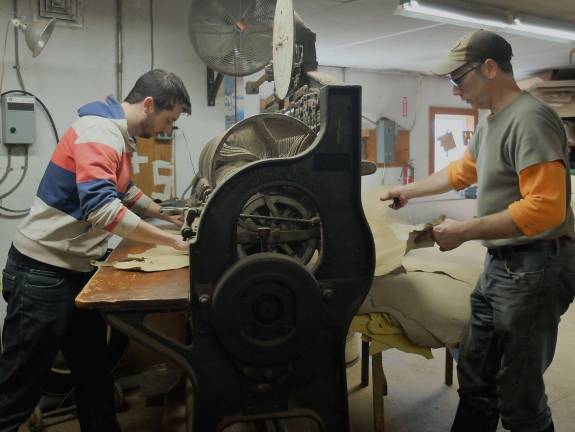
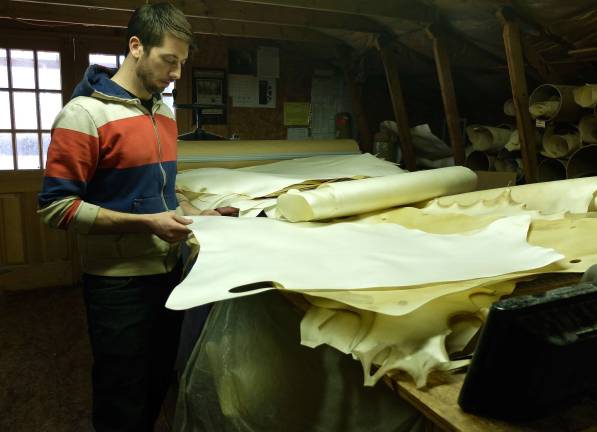
His sons had other ideas
By Melissa Shaw-Smith
A smell, like rotting seaweed, assails me. I've come to the right place: Richard E. Meyer & Sons Tannery. Since ancient times tanning animal skins has been known as an “odoriferous trade” and exiled to the edge of towns. The Meyer's factory has only been located on the outskirts of Montgomery since 1981, but the family business stretches back to Germany in the 1550s.
Stephen, one of five sons of the current generation, shows me around. Piles of salted cow, alpaca, and deerskins from local hunters, butchers and farmers are stacked at the entrance to the factory's “wet work” floor. Byproducts of the meat and dairy industries, these pelts would otherwise get tossed.
“We get the hides in raw with the hair and the fat and the flesh on and we take them all the way to the finished leather product,” Stephen says. “Doing all of it in-house gives a lot of control over the quality.”
Jesse, Stephen's oldest brother, attends to several large drums. Hides are soaked in a lime and water soup, and passed through a fleshing machine to remove hair and fat. Then they sit in a bath of chestnut extract, high in tannic acid. This is what preserves the hides from bacteria and decay. “Vegetable tanning is a process that has been around for thousands of years,” explains Jesse. Karl, the current owner and patriarch as well as a trained chemist, developed this archival quality tannage for bookbinders.
“We've reached back into the past in order to find a future market,” said Jesse. To render hides strong and supple, they are moved to the fatliquoring drum where oils are worked back into them. From here they are dried, and left natural or returned to the vats for dyeing in a range of colors.
Suede for bowling shoes and piano actions were the staple of the business that put all five sons through college. Then synthetic ultra-suede arrived, and the bottom fell out of the market.
“Less than one percent of family businesses make it past three generations. We're the less-than-one percent,” Jesse jokes. “But it's not like you can keep making the same product… for the longest time it seemed like a sinking ship. Business was going to dwindle to nothing.” Their father Karl hoped his sons would go off to college and not return to the fading business. His sons had other ideas.
In 1999, Karl's oldest son Jesse, then 27 and a sculptor, decided to develop a new branch of the business. He began producing parchment under the name Pergamena. The word means parchment—untanned goat or calfskin. To make this line of super satiny hides, they scrape excess water and membranes off wet calf, goat, sheep or deer skins that have been stretched on frames. The dried, fine-grained parchment might become book pages, a wall panel or a $200 fanny pack.
Ancient and new all at once, this material went hand in hand with the family's leather business, and became a driving force in the company's growth.
“People haven't used it for five or six hundred years, and here we are using it as a product to find markets in furniture, lighting design, manuscripts, and bookbinding,” said Jesse.
Upstairs, Stephen ushers me into the drying room. Dyed-black cowhides are stretched and toggled on frames. This keeps them from shrinking as they dry. They look soft and malleable, but are stiff as boards to my touch.
Stephen shows me how they soften the dried hides. Once run by steam, the more than 100-year-old staking machine growls to life. It lunges forward to grab and pummel the leather as he wrestles with it—one of the jobs he and his brothers did as teenagers.
The brothers eat lunch while their father deals with orders coming in from China.
“I have high hopes,” says Karl. “There's no reason why we can't get better and better.”
Jesse chimes in. “You can't buy what we have. Nobody can match 450 years of tradition.”